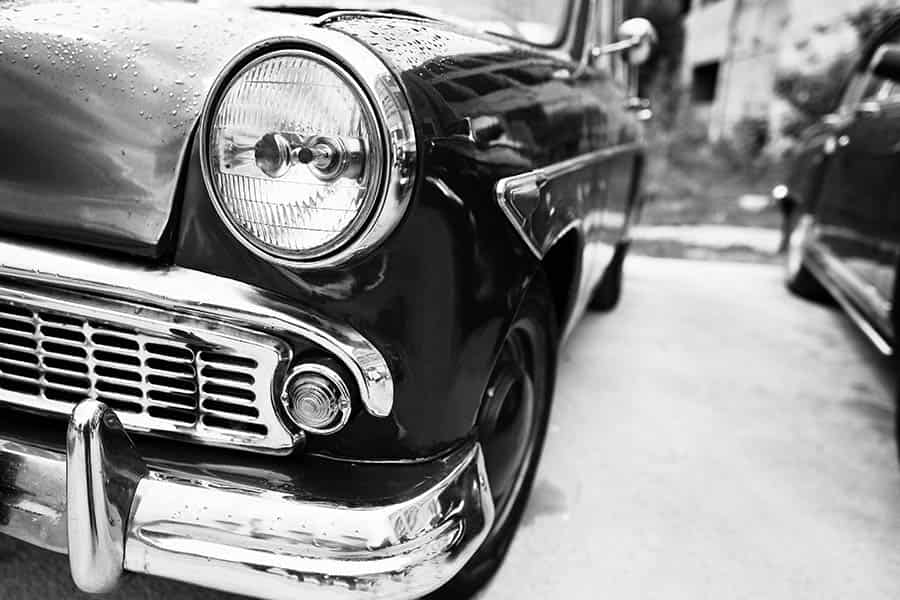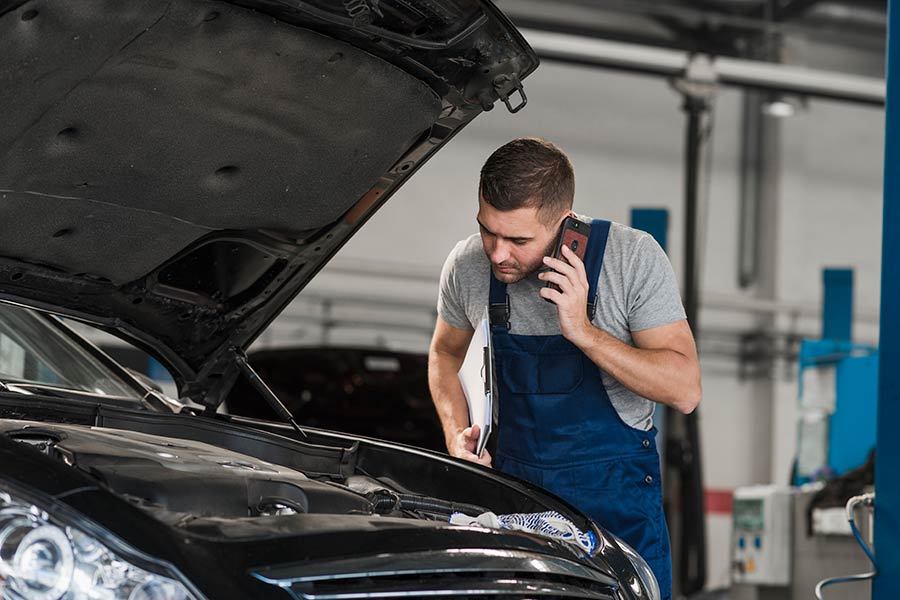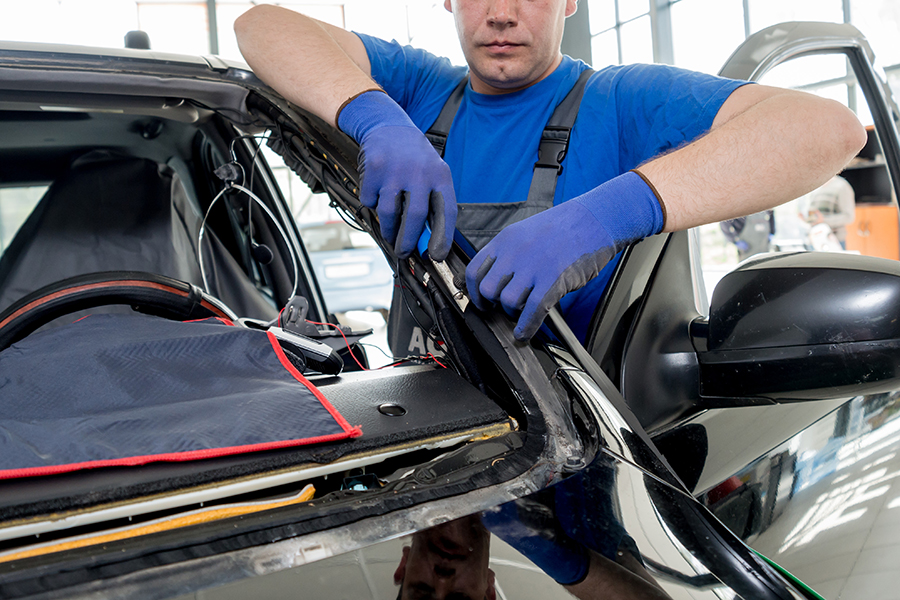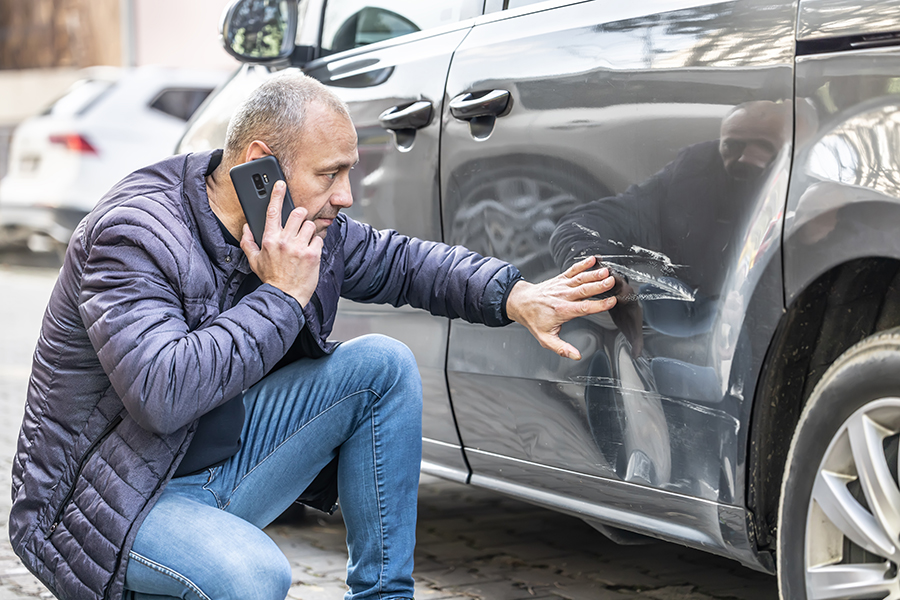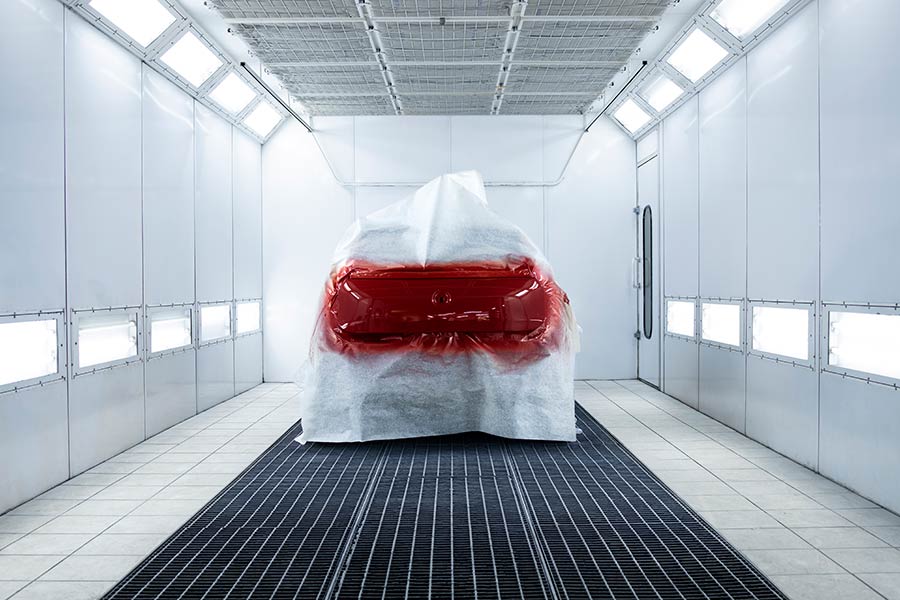Why settle for ordinary when you can bring a piece of history back to life? Classic car restoration in Los Angeles is not just about reviving an old vehicle; it's about reigniting the passion and preserving the legacy of timeless automobiles. Whether it's the roar of the engine or the sleek lines that speak volumes of a bygone era, restoring a classic car is an art form in itself. In a city known for its love affair with cars, finding the right experts who understand your vision can transform a forgotten relic into a road-worthy masterpiece.
Key Takeaways
- Classic car restoration is a detailed process that needs careful planning. Start by understanding what it involves.
- Set clear goals for your restoration project. Think about what you want your classic car to look like and how you plan to use it.
- Know the steps of the restoration process. This includes disassembly, bodywork, painting, and reassembly.
- Get ready to face challenges. Restoring a classic car can come with unexpected issues, but knowing common problems helps you prepare.
- Choose the right team in Los Angeles for your project. Their expertise can make a big difference in the outcome of your restoration.
- Seeing your restored classic car is rewarding. It's a mix of hard work, dedication, and passion for classic vehicles.
Understanding Classic Car Restoration
Defining Classic Automobiles
A car becomes "classic" not just because it's old. It must also be rare and hold historical significance. This sets classic cars apart from vintage and antique ones, which are often categorized by specific age ranges. In Los Angeles, classic cars carry a cultural and emotional value that goes beyond their physical form. They remind us of the past and bring joy to car enthusiasts and the general public alike.
Importance of Restoration
Restoration plays a crucial role in preserving automotive history and culture. It keeps the stories of classic cars alive for future generations. A well-restored car can see its value soar, ensuring it remains a treasured asset. Beyond financial gain, restoring a classic car brings personal satisfaction. There's also the added bonus of gaining recognition within the car community.
Choosing the Right Project
When diving into restoration, picking the right project is key. It should match your skill level and budget to avoid becoming an overwhelming task. Parts availability is another critical factor, as some models have more support than others. Starting with a vehicle that has a clear title and requires a manageable amount of work is advisable. This ensures a smoother restoration journey.
Planning Your Restoration Journey
Budget Planning
Setting a realistic budget is crucial in classic car restoration. This includes the purchase price, parts, and labor costs. It's wise to allocate a contingency fund for unexpected expenses. A well-planned budget leads to long-term financial benefits.
Compiling Tools and Materials
For bodywork, mechanical repairs, and interior restoration, you need specific tools. Essential tools include wrenches, screwdrivers, and sanders. Quality materials that match the car’s era are important too. Local Los Angeles suppliers and online resources can provide what you need.
Managing Documentation
Keeping detailed records of your restoration process is vital. Organize receipts, photos, and notes carefully. This documentation enhances the car's value and history.
Restoration Process Steps
Tackling Rust and Decay
Spotting rust early is crucial. Look under carpets and inside door panels. Treat small rust spots with a converter before they spread. Large areas might need cutting out and welding in new metal. This step prevents future problems by ensuring the car's frame and body are solid.
For decayed parts, sometimes it’s best to replace them entirely. However, for unique or rare cars, fabricating new parts may be necessary. Preparation here is key. A thorough job will keep rust at bay for years.
Mechanical and Electrical Revival
Reviving a classic car's heart starts with the engine and transmission. Overhauling these can boost both reliability and performance. It often involves rebuilding or replacing worn-out components.
Rewiring the electrical system is next. Upgrading outdated components ensures safety and functionality. After mechanical work, conduct thorough safety checks and test drives to ensure everything runs smoothly.
Bodywork and Paint Refurbishment
Removing dents, aligning panels, and smoothing surfaces prepare a car for painting. Choosing the right paint type is crucial for authenticity and durability. Professional paint finishing brings out a car’s character, making color matching essential.
Interior and Upholstery Renewal
Options range from patching up seats to complete upholstery replacement. For carpets and headliners, matching original materials keeps the classic vibe alive. Restoring dashboards and interior trim can significantly improve a car's interior appeal. The right details elevate the restoration quality immensely.
Overcoming Common Challenges
Finding Genuine Parts
Locating authentic parts for a classic car can be tricky. One effective way is by connecting with local clubs and online forums. These communities often share valuable leads on where to find rare components. Specialty suppliers are another goldmine for genuine parts, though they may come at a premium.
The choice between using reproduction parts or sticking to original equipment is significant. Original parts maintain the car's authenticity and value but may be harder to find and more expensive. Reproductions, on the other hand, are more accessible and affordable but might not have the same fit or historical accuracy. Los Angeles is home to several swap meets and salvage yards, offering treasure troves of potential finds for restorers.
Effective Troubleshooting
Restoration projects frequently run into mechanical and electrical issues. Common problems include engine troubles, faulty wiring, and brake failures. To tackle these efficiently, one must adopt a methodical approach to diagnosing issues. This often involves consulting repair manuals, online resources, and sometimes trial and error.
Patience and thoroughness are critical in troubleshooting. Rushing can lead to missed details or further damage. It's about finding the right balance between being efficient and being meticulous.
Overcoming Restoration Hurdles
Restoring a classic car is a marathon, not a sprint. Staying motivated through long projects requires setting realistic goals and celebrating small victories along the way. Effective management of time and resources plays a crucial role in keeping momentum.
It's also vital to tap into the classic car community in Los Angeles for support. They can offer advice, lend tools, or provide moral support during challenging phases of restoration.
Unveiling Your Restored Classic
Evaluating the Finished Vehicle
After overcoming common challenges in classic car restoration, assessing the quality of the restoration work is crucial. Look for precision in paintwork and interior detailing. The car's performance and reliability post-restoration are equally important. Test drive it to check for any issues.
Professional appraisals play a key role in determining the car's value for insurance and resale purposes. They ensure you get fair compensation or selling price based on the restoration quality.
Mastering Revival Techniques
Improving restoration skills is essential for success. Practice on different car models, attend workshops, and engage with Los Angeles's vibrant classic car community. These activities enhance your knowledge and hands-on experience.
Specializing in certain types of restoration, like vintage sports cars or American classics, can set you apart. For continuous learning, Los Angeles offers numerous resources, including restoration clubs and online forums.
Navigating Purchase and Negotiation
Finding the right classic car requires patience and research. Inspect potential projects thoroughly to assess their condition and restoration needs. During purchase negotiations, aim for transparency about the vehicle's state to secure a fair price.
Clear agreements and detailed paperwork are vital when buying a project car. They prevent misunderstandings about the car’s condition or terms of sale.
Final Remarks
Your classic car restoration journey in Los Angeles can transform an old ride into a masterpiece. You've learned the ropes, from planning to unveiling your restored beauty. Tackling each step and overcoming challenges shows your dedication. Your classic isn't just a car; it's a piece of history, reborn through your efforts. This process not only revives vintage cars but also your connection to the past, blending craftsmanship with passion.
Ready to hit the streets of LA with your classic car? Let your restored vehicle turn heads and stir conversations. Remember, every mile driven is a testament to your hard work and love for classics. If you're itching for another project or need advice on maintaining your current classic, reach out. Let's keep these timeless beauties alive and roaring on the roads. Dive in, the city awaits your classic car's comeback.
Frequently Asked Questions
What is classic car restoration?
Classic car restoration involves repairing and refurbishing an old vehicle to return it to its original condition. This process can include bodywork, paint jobs, interior repairs, and mechanical overhauls.
How do I start planning my classic car restoration in Los Angeles?
Begin with a clear vision of your project’s end goal. Assess the car's current condition, set a realistic budget, and timeline. Consulting with a professional restorer in Los Angeles can also provide valuable insights and guidance.
What are the key steps in the restoration process?
The key steps include disassembly, body repair, paintwork, mechanical repairs, and reassembly. Each step requires meticulous attention to detail to ensure authenticity and quality.
What common challenges might I face during restoration?
Common challenges include finding authentic parts, staying within budget, and addressing unexpected rust or damage. Experienced restorers can help navigate these issues effectively.
How do I unveil my restored classic car?
Unveiling your restored classic can be as simple as a personal celebration or as grand as participating in a classic car show. It's a moment to appreciate the hard work and craftsmanship that went into the restoration.
